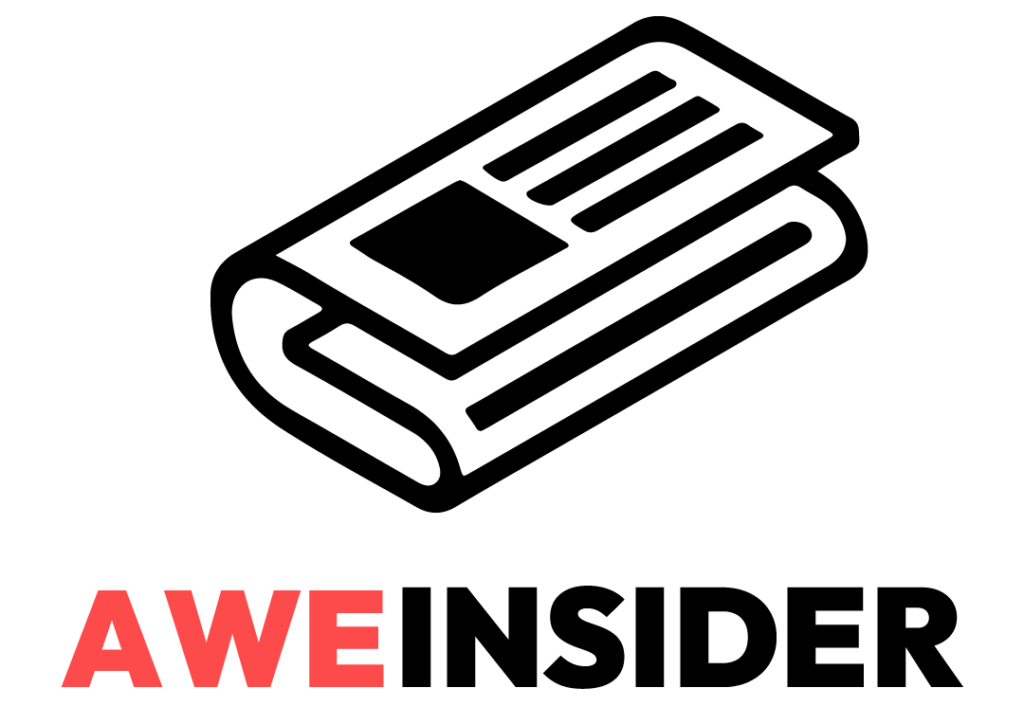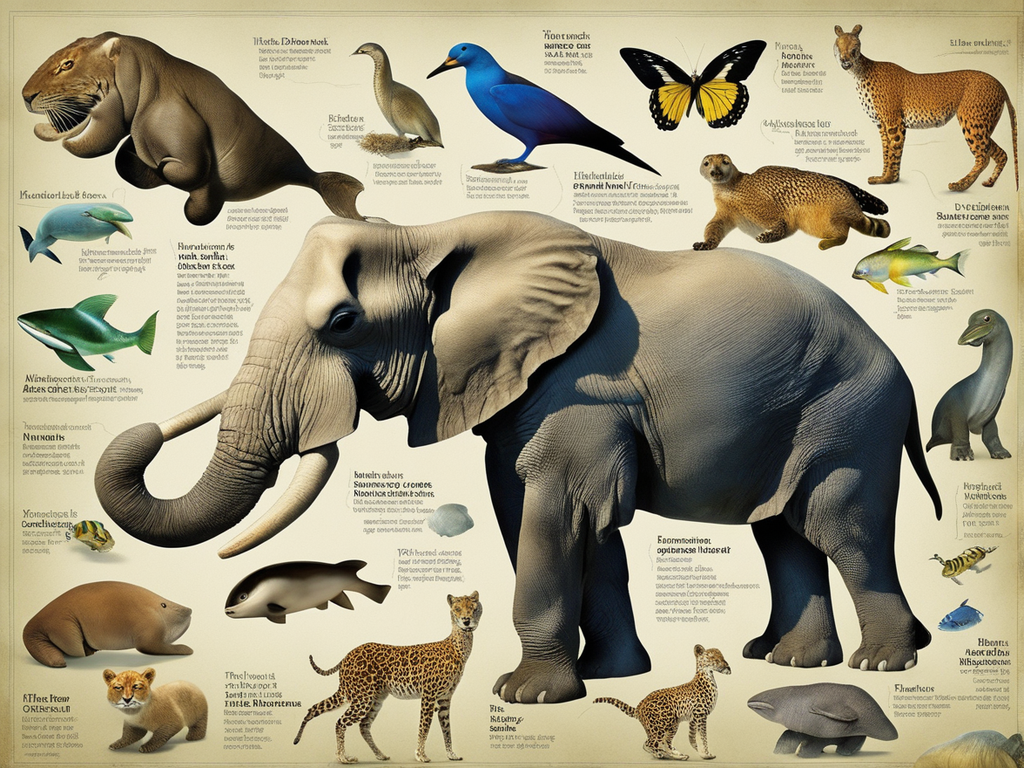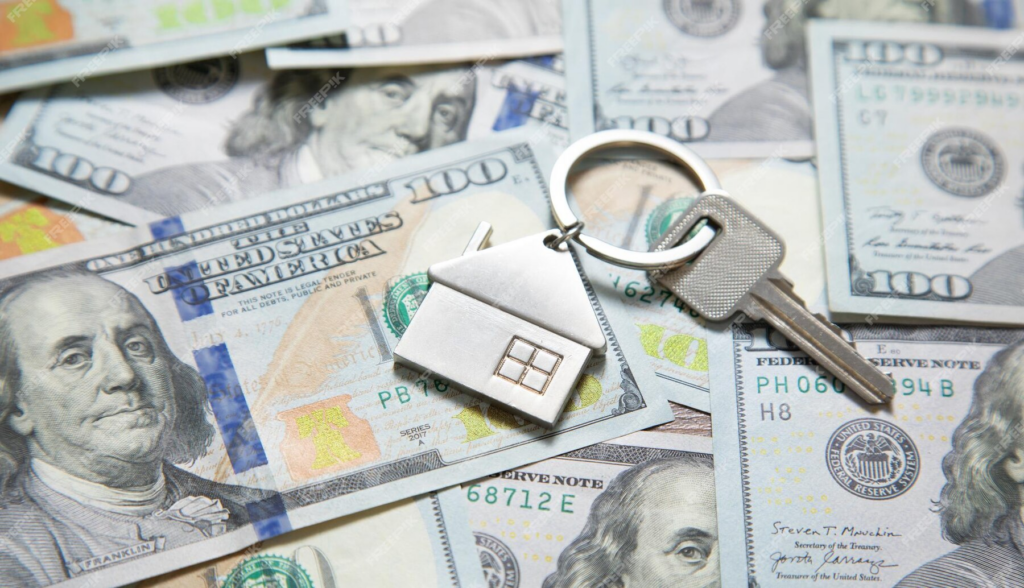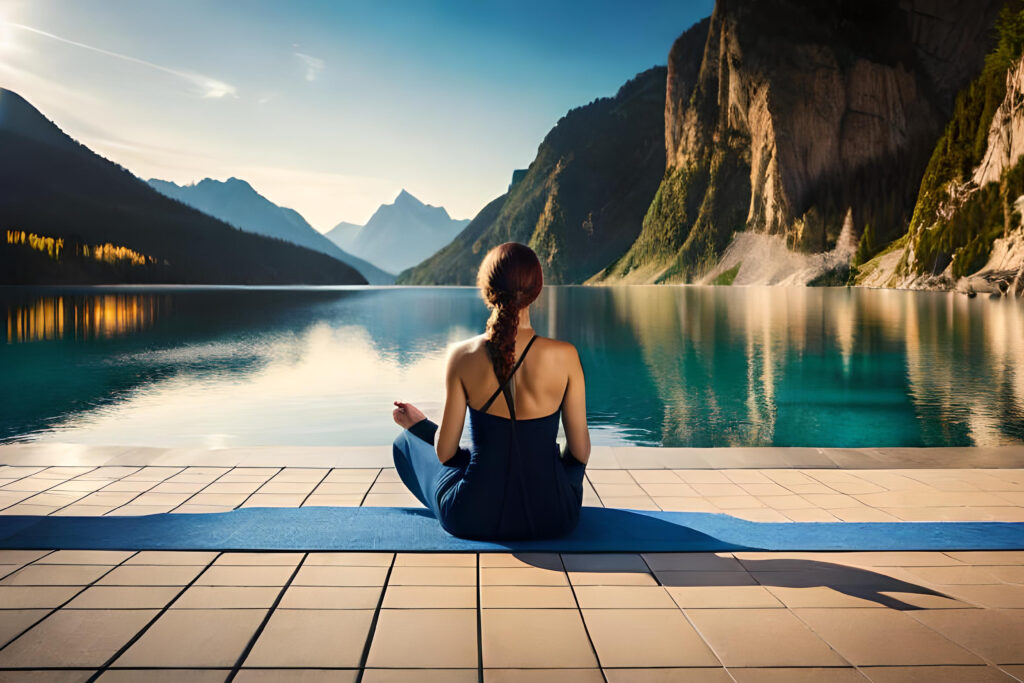In the profound depths of the ocean, where sunlight dares not intrude, there exists a world that remains a mystery to many. Here, darkness is not a void but a canvas, one brought to life by the most surreal artists of the natural world: bioluminescent organisms. These creatures, ranging from the microscopic to the more familiar, paint the depths with a light show that rivals the night sky. Let’s dive into the ethereal beauty and intricate science behind nature’s own living lights.
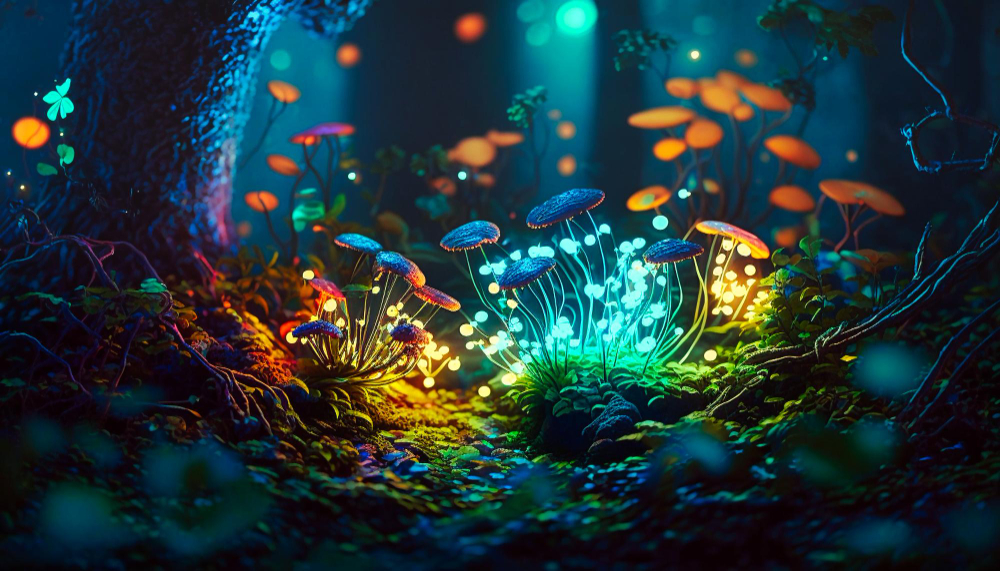
Nature’s Neon Lights: What is Bioluminescence?
Bioluminescence is the incredible ability of certain organisms to produce and emit light. This phenomenon is not just confined to the ocean’s depths; it’s seen in fireflies, certain fungi, and even some land-dwelling worms. However, it’s under the sea that bioluminescence creates a spectacle of epic proportions.
The light is produced by a chemical reaction within the organism. The main components of this reaction are typically luciferin, a molecule that produces light when oxidized, and luciferase, the enzyme that drives the reaction. The result? Dazzling, ethereal lights amidst the ocean’s darkness, an otherworldly glow that seems straight out of a fantasy realm.
The Glowing Ocean Dwellers: From Bacteria to Sharks
The cast of bioluminescent beings is diverse. Among the most renowned are plankton – tiny organisms that are the very foundation of the ocean food web. When disturbed, they emit a ghostly glow, an event visible from space in the right conditions.
Jellyfish and certain squid species carry bioluminescent organs, using them to disorient predators or prey. Even some sharks are bioluminescent, creating an eerie spectacle in the ocean’s depths.
The star perhaps of this radiant cast is the “glowing” anglerfish, using its luminous lure to attract unsuspecting prey in the darkest abysses of the ocean.
A Symphony of Light: The Role of Bioluminescence
In the silent depths, light is a language. Bioluminescent organisms use their glow to communicate, attract, deceive, or defend.
Some use light as a burglar alarm, exposing predators to larger hunters, while others craft an “escape plan,” releasing glowing chemicals to confuse their attackers. Certain squid emit light to match the ocean surface, camouflaging themselves from anyone looking up from below, a tactic known as counter-illumination.
In the realm of the microscopic, bioluminescent bacteria engage in quorum sensing, synchronizing their light production, creating a celestial-like display, guiding the way for lost sailors, known famously as the “milky seas” phenomenon.
Conservation and Human Application
Today, bioluminescence is more than just a wonder for deep-sea divers and marine biologists. It’s on the forefront in biotechnological research, medicine, and environmental monitoring. Bioluminescent genes are now tools in scientific research, helping track viral infections, or observe cellular processes.
However, with ocean health in jeopardy due to pollution, climate change, and overfishing, these glowing marvels face an uncertain future. Their loss would mean the dimming of nature’s underwater lights, and with it, a closing door on biological secrets yet unveiled.
Concluding on a Radiant Note
The symphony of light that bioluminescent creatures produce is a testament to the intricacies and marvels of evolutionary biology. They remind us that the natural world is not just a resource, but a source of wonder, beauty, and inspiration. So, the next time you see a video of the ocean’s depth aglow with life, remember: you’re witnessing a world that’s been billions of years in the making, a truly illuminating part of Earth’s biodiversity.

